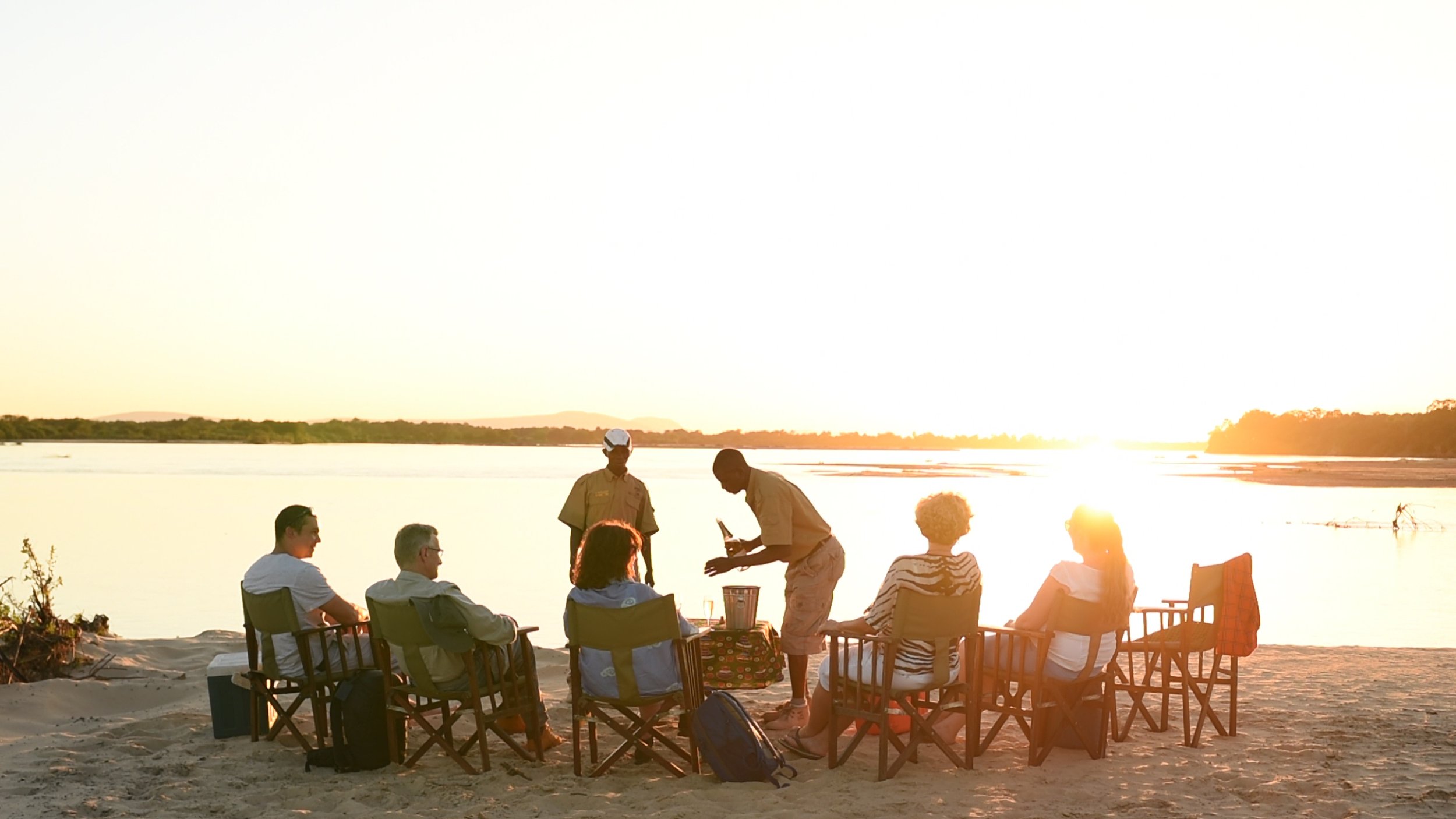
What to Wear on Safari
By dressing appropriately, you can fully enjoy your safari experience while staying comfortable and safe in the wilderness.
Safari Style Packing Advice: What clothing to pack for your safari
What clothing should I wear for my safari? This is probably one of the first things you’ll start thinking about once you’ve booked your safari. Packing for your Selous safari can be a bit of an adventure in itself, so here’s our guide on what clothes to wear on safari, to make your safari planning easier.
Which colours?
The best way to get close to the wildlife is to blend in with your surroundings as much as possible by going neutral, so although we don’t insist you wear full “Out of Africa” style whilst out on safari, it is a good idea to wear the classic safari colours of khaki, stone and tan. Avoid wearing blue and black, especially while out of camp, as tsetse flies (which bite!) are attracted to both colours. White stands out again the muted browns and green tones of the bush and will quickly show dust and dirt so is best to be avoided. Only the army are allowed to wear camouflage in Tanzania - it’s actually illegal to wear it - so make sure it isn’t included in your safari clothing.
Pack for comfort
The atmosphere in camp is very relaxed and casual so there’s no need to worry about bringing formal evening wear. During the day, while in camp and on safari, clothes that are lightweight, breathable and comfortable are usually best. For the evenings longer items of clothing would help guard against the few mosquitoes which we have in camp. Linen trousers are the perfect way to look smart, stay cool, and prevent mosquito bites.
Temperatures in the Selous never get too cold (our winter is around 18°C/64°F) so packing heavy jumpers would only take up space in your luggage. Dress in layers for safaris, with a warm layer (like a light fleece) in the mornings and evenings during the cooler months. Long-sleeve shirts with roll-up tabs and zip-off trousers allow you to adapt to changing conditions. During the summer months (November-February) temperatures can be very hot (as high as 40°C/104°F on some days) so you will feel most comfortable in light shorts and t-shirts.
Accessorise
Hats are a must. A wide-brimmed hat will help protect the back of your neck from the sun. Polarised sunglasses will block out harmful rays and cut through the glare to make sure you don’t miss a thing. A scarf or bandana can come in handy to protect your neck from the sun or dust and can also be used as a face covering in dusty conditions. While not clothing, a quality pair of binoculars is a valuable accessory to have on a safari. It allows you to get a closer look at wildlife and birds without disturbing them.
Footwear
Flat shoes that are light and comfy are ideal in camp and out on Safari – keep in mind that you’ll need to climb in and out of the game drive vehicle. Sandals which are easy to slip off will allow your feet to breathe. If you’ll be going out on a bush walk, we suggest something a bit more rugged to provide protection from thorns, stones and dust. Trainers or light walking shoes/boots are ideal.
When it rains, it pours
If travelling during the rainy season, take a waterproof layer. We have two rainy seasons in the Selous, a short one in November and longer rains in April/May with chances of rain during the weeks before and after these months.
Finally … Don’t forget your swimsuit
Don’t miss out on a dip in our riverbank pool or the hot springs!

